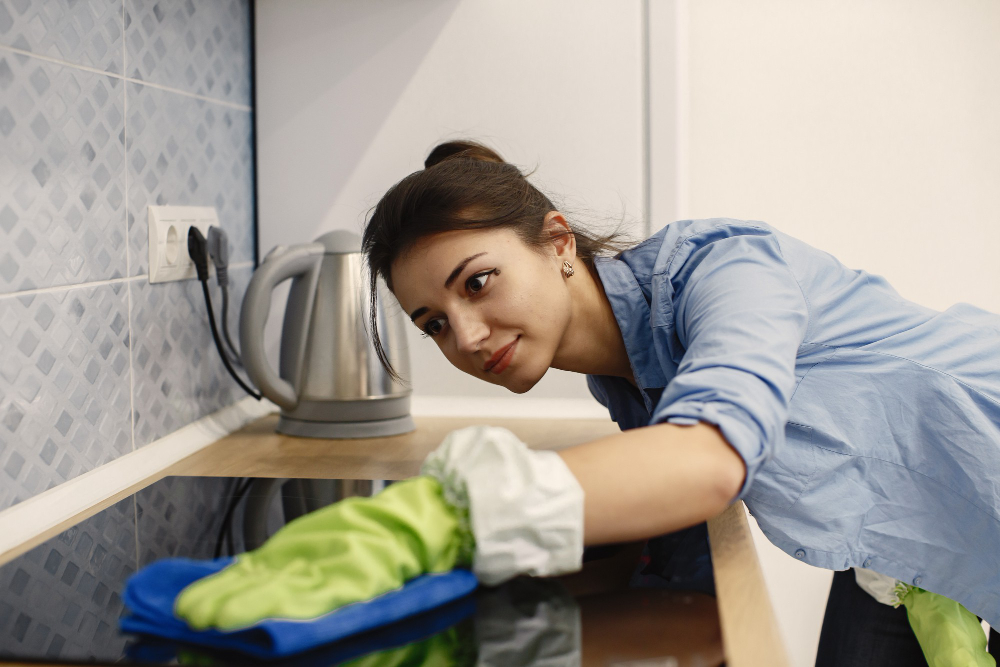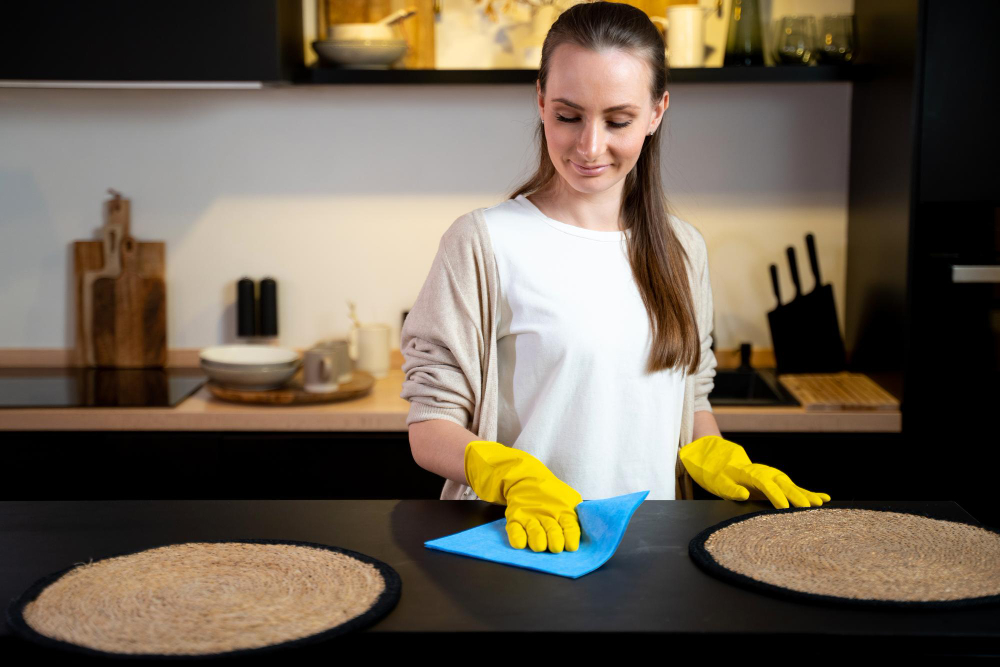The Sponge You Use Every Day Might Be Hiding a Dirty Secret
Most of us don’t think twice about our kitchen sponges. They sit by the sink, ready to tackle dirty dishes and wipe down counters. But what if your sponge—the very thing you use to “clean”—is actually making your kitchen dirtier and harming the environment in the process?
Traditional sponges may seem harmless, but they come with a surprising set of problems, from harboring bacteria to contributing to plastic pollution. The good news? There’s a better, more sustainable alternative that works just as well—without the hidden downsides.
Let’s take a closer look at why your kitchen sponge might not be as clean as you think and what you can do about it.
The Dirty Truth About Traditional Kitchen Sponges
It might be the most innocent-looking thing in your kitchen, but your everyday dish sponge is actually one of the dirtiest.
- A Breeding Ground for Bacteria
Studies have found that kitchen sponges are packed with bacteria—often even more than a toilet seat. Gross, right? The moisture and food particles trapped inside create the perfect environment for bacteria like E. coli and salmonella to thrive. Even worse, trying to disinfect your sponge (like microwaving it) doesn’t completely solve the problem. - Microplastics in Your Sink
Most conventional sponges are made from synthetic materials, which means every time you rinse and scrub, tiny plastic particles (microplastics) get washed down the drain and end up in oceans and waterways. These microplastics are impossible to filter out completely, polluting marine life and, eventually, our own food supply. - Landfill Waste That Doesn’t Go Away
Because of their bacteria buildup, most people replace their sponges every couple of weeks. That adds up to millions of plastic-based sponges piling up in landfills every year—where they take centuries to break down.
So if your sponge is full of bacteria, releasing microplastics, and clogging up landfills… what’s the alternative?
The Sustainable Swap – What to Look for in a Better Sponge
Switching to an eco-friendly sponge doesn’t mean sacrificing performance. The best alternatives work just as well—sometimes even better—while being safer for your home and the environment.
Here’s what to look for:
- Plant-Based Materials
Instead of synthetic plastic, opt for sponges made from natural cellulose (wood pulp) and coconut husk. These materials are durable, absorbent, and—most importantly—fully biodegradable. - Compostable & Zero-Waste
The best eco-friendly sponges break down naturally when you’re done using them, instead of sitting in a landfill for years. Some can even go straight into your compost pile, turning into nutrient-rich soil instead of waste. - Durable & Odor-Free
Traditional sponges tend to get that musty, unpleasant smell after a few uses. A high-quality, plant-based sponge won’t trap odors, making your kitchen feel fresher while lasting longer.
Why Making the Switch Is Easier Than You Think
Most people stick with the same kitchen habits because they assume alternatives won’t work as well. But here’s the truth: switching to a natural, biodegradable sponge is one of the easiest eco-friendly changes you can make—and it’s just as effective as the sponges you’re used to.
- Same great scrubbing power, minus the plastic waste.
- No weird smells or bacteria buildup.
- Works on dishes, counters, and more—without leaving a negative environmental impact.
By making a small swap in your kitchen, you’re not just improving your home—you’re helping reduce unnecessary waste and pollution.

Time to Ditch the Plastic Sponge for Good
Now that you know the truth about traditional sponges, it’s time to make a change. A simple swap can have a massive impact—keeping your kitchen cleaner, your dishes fresher, and the planet healthier.
Why stick with the old way when a better, cleaner, more sustainable option is right in front of you?
Take the first step toward a greener, waste-free kitchen today.



